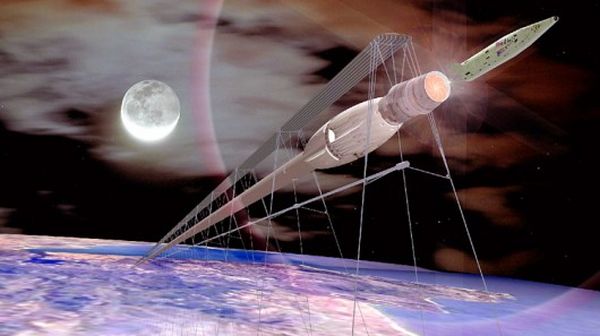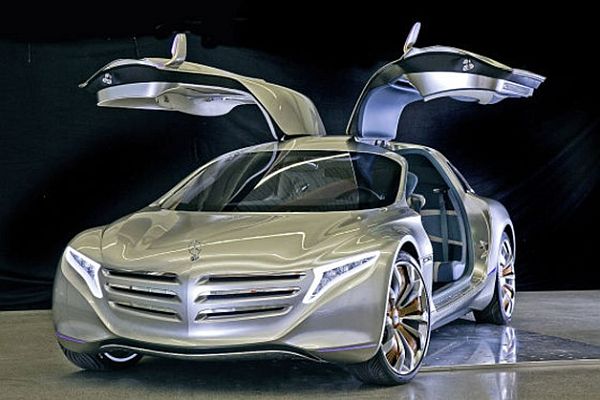Green Space Tourism
Tourism that takes you to the edges of the planet is one thing, but taking you beyond the realms of Earth and into zero-gravity is a whole different proposition. Space tourism is a very lucrative arena, if you look at it from the outside. But, as thrilling and out of the world the idea sounds, for now it is an unattainable dream to almost all of us. Barring the barely handful individuals who paid their way onto seats of space shuttles, the current model of space program, its finances and sheer risk involved just do not encourage a fun ride to the stars.
But, new scientific advances, a change in the way we propel ourselves and escape the earth’s gravity and growing enthusiasm among the affluent to experience the rush and paint it as a symbol of their might; space tourism might just be starting to take shape. Human history may indeed one day look back at this period not just for advances in space travel, but also how clean and efficient alternatives came into being.
Technology at hand
If people really wish to one day make the world of the ‘Jetsons’ come alive, then it goes without saying that most of the technology that we have today is still very primitive and will help us in a very limited fashion when it comes to space tourism. The first essential step we need to do is eliminate the use of millions of tons of rocket fuel that we do today for the sake of propulsion. This just makes the engines heavy, cuts into natural resources in a huge way and leaves the atmosphere polluted.
The technology on hand today is simply, just not economically viable for space tourism and with each member who travels to ISS spending close to $20 million on a single trip, the way ahead is to cut away from the current fuel-guzzling model for sure.
The Road Ahead
StarTram

Project StarTram is one of the best alternate technologies out there that seems most likely to replace the current propulsion based rockets. Using the already existing magnetic levitation technology, StarTram shoots payloads into space using a tunnel that is set in vacuum around a mountain side. With Gen-2 StarTram designs, you could send tourists into low earth orbiting space vacations for $13000 a trip. Add to that the fact that StarTram is emission-free and ranks high on reusability.
A space elevator stretching 22,000 miles
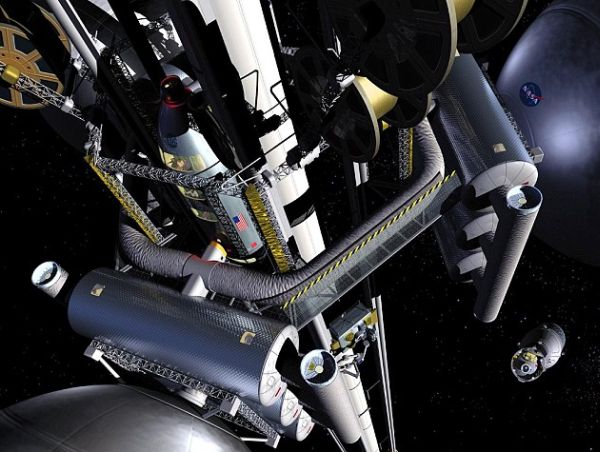
This one we are not all that sold on, but it still could be a possibility considering funnier that things have happened in human history. The Japanese are planning on building a massive 22,000 mile elevator that will take 30 tourists to space at speeds of 120 mph in a week long journey. The idea sounds like bit of a stretch, but if they can pull it off for the estimated $ 9.46 billion.
Bloon Balloon

This is for those who love to float away romantically into near space as a giant balloon carries them to altitudes of 36km into the atmosphere. This will enable you to go to the edge of earth’s gravity and then land back in style. While scaled prototypes are being tested as we speak, expect the real deal around 2015. If successful a trip on this green cruise could set you back by $160,000.
Hovering Hotels in Space
Russian Space Hotel to take shape by 2012
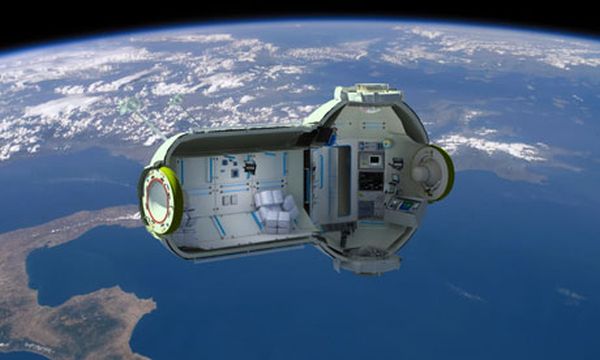
Floating 200 miles above the earth the Russians are planning on getting a space hotel ready, for those interested in having an extravagant holiday, by 2016. It will cost you $785,300 to get there in a rocket and another $ 157,060 for a five day vacation on the hotel. On the plus side, you get a window view you cannot forget.
Galactic Suite Space Resort
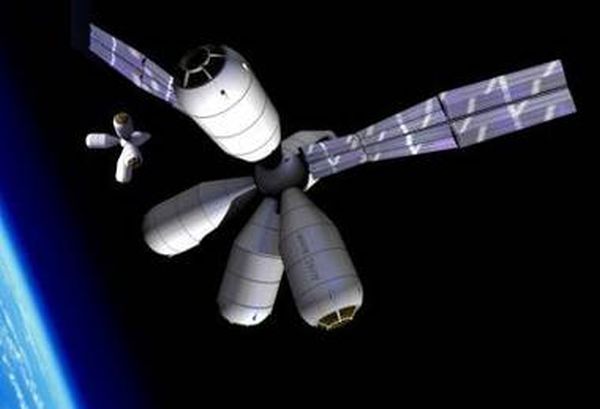
This hotel from a Spanish firm that will offer you 15 sunrises in a three day stay will apparently open by the end of this year and we will be keeping you posted on the progress. A holiday to this exotic place will empty your pocket by $3.92 million as you orbit 450 kilometers above earth.
Space Hotel Project

Designed as a concept module by students of Imperial College London and the Royal College of Art, this is a hotel that places infinite importance on style, ergonomics, frugal design principles that serve well in pace and an emphasis on personal and general hygiene in zero-gravity conditions. Reducing the wastage of resources and cutting down on weight that needs to be flown into orbit is surely a good way to kick off space tourism.
Bigelow Space Hotel
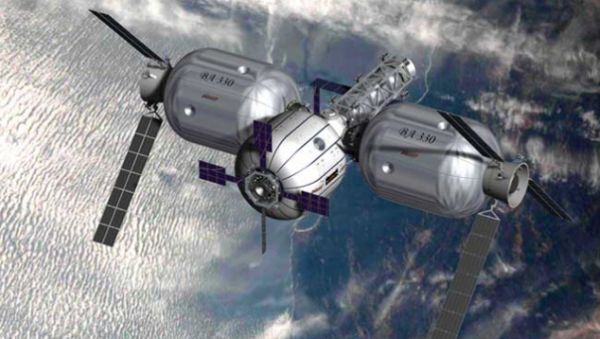
The space hotel offered by Roberts Bigelow is more of a motel in space terms as the man wishes to bring down the costs and encourage more and more people to one day not just travel to space, but go beyond with his hotel as a starting point. So he has put an approximate price tag of $28,750,000 for a 30 day stay. Yes, you can get to stay full 30 days as you orbit the planet on the Bigelow Space Hotel.
Should we have tourists in space after all?
The problem with space tourism is the incredible physical rigor that it involves. Taking on the ‘g-forces’, the acceleration, the zero-gravity and radiation threat is not something cut out for most. Sure, the picture outside the window is pretty dazzling and most of us if given a chance want to get there. But the actual capability to live in those conditions is not very easy to acquire. This by no means will be like a trip to Vegas or Disneyland, though you will have shorter lines, on a positive note, and the risk factor is huge.
To top it off, in just the years of space exploration we have left incredible amount of debris around our plant that is still circling it and space tourism might just add to it. Until projects like StarTram or that giant elevator that the Japanese wish to build takes shape, green space tourism is a long way and several billion dollars away.


